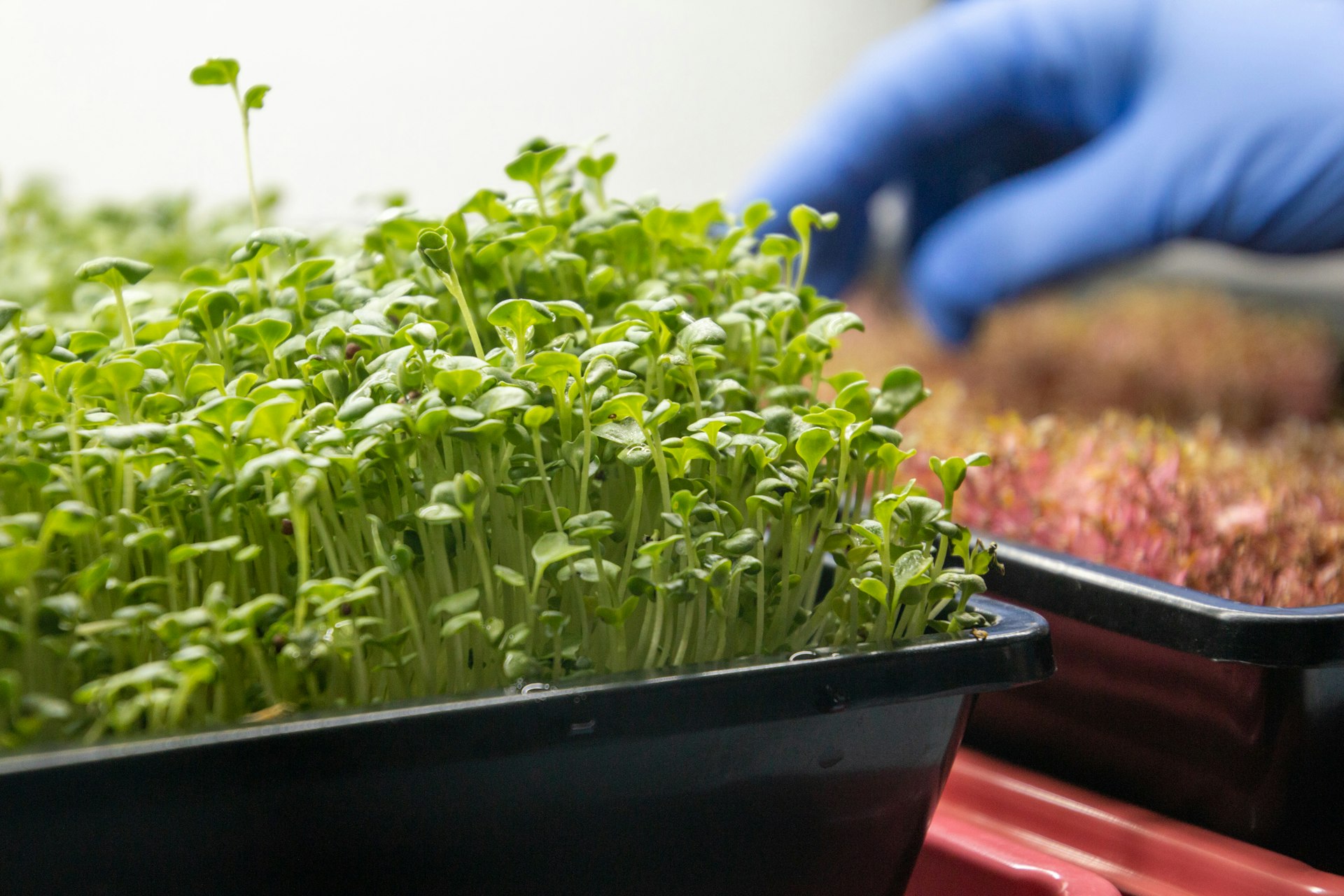A Comprehensive Guide to Baking with Alternative Sweeteners: Methods, Benefits, and Practical Tips

Photo by Maria Kovalets on Unsplash
Introduction
As the demand for healthier baking solutions rises, many home bakers and professionals are exploring alternative sweeteners to replace refined white sugar. Whether motivated by health concerns, dietary restrictions, or a desire for more complex flavors, understanding and implementing these sweeteners can significantly expand your baking repertoire. This guide details the most common natural alternatives, their unique benefits, and step-by-step advice for successful substitution in your favorite recipes.
Understanding Alternative Sweeteners
Alternative sweeteners can be broadly classified into natural and artificial categories. This guide focuses on natural options, which not only provide sweetness but also add flavor complexity and nutritional benefits. Common natural sweeteners include honey , maple syrup , agave nectar , coconut sugar , dates , fruit purees , and stevia . Many bakers use these ingredients to avoid the aftertaste or potential health concerns associated with artificial sweeteners [1] .
Popular Natural Sweeteners and Their Characteristics
Each sweetener behaves differently in baking due to its moisture content, flavor profile, and sweetness level. Choosing the right one depends on your recipe and desired outcome.
Honey
Honey is a liquid sweetener prized for its distinct flavor and natural antibacterial properties. It’s sweeter than sugar, so you typically use less. Its acidity can react with baking soda, leading to lighter baked goods. However, it adds moisture, so you may need to reduce other liquids in your recipe. For example, swap 1 cup of sugar for 3/4 cup honey and decrease other liquids by 2-4 tablespoons. [5]
Maple Syrup
Maple syrup is another liquid sweetener offering a robust, caramel-like flavor. It works well in muffins, cakes, and cookies. Similar to honey, reduce other liquids when substituting and use about 3/4 cup maple syrup for every cup of sugar. Its strong flavor complements baked goods with nuts, spices, or fruit. [3]
Agave Nectar
Agave nectar is a mild-tasting, low-glycemic sweetener derived from the agave plant. It is sweeter than sugar and dissolves easily, making it a good choice for cakes and bars. Replace 1 cup of sugar with 2/3 cup agave and reduce other liquids accordingly. Because it browns quickly, lower your oven temperature by 25°F.
Coconut Sugar
Coconut sugar is a granulated sweetener with a caramel-like flavor and a lower glycemic index than refined sugar. It can be substituted 1:1 for white or brown sugar, but may result in slightly denser baked goods. It is ideal for cookies, quick breads, and brownies. [5]
Dates and Fruit Purees
Dates and other dried fruits like raisins or figs are high in natural sugars and fiber. Use them by blending into a paste or using as-is in bars and breads. For a sugar substitute, purée 1 cup of pitted dates with a few tablespoons of water to replace 1 cup of sugar. Alternatively, ripe bananas or unsweetened applesauce can add both sweetness and moisture, perfect for cakes and muffins. [2]
Stevia
Stevia is a plant-derived, calorie-free sweetener that is much sweeter than sugar. Use only tiny amounts (often drops or small spoonfuls) to avoid bitterness. Stevia works best in combination with other natural sweeteners or in recipes where sugar’s bulk is less important.

Photo by Maria Kovalets on Unsplash
Benefits of Baking with Alternative Sweeteners
Using alternative sweeteners in baking provides several advantages:
- Lower Glycemic Impact: Many natural sweeteners, such as agave, coconut sugar, and dates, have a lower glycemic index than refined sugar, which may help in moderating blood sugar spikes. [4]
- Added Nutrients: Unlike refined sugar, options like honey, maple syrup, and fruit purees contain small amounts of vitamins, minerals, and antioxidants.
- Flavor Complexity: Each sweetener brings its own unique taste, enhancing the overall flavor profile of baked goods. [3]
- Dietary Accommodation: Many alternative sweeteners are suitable for vegan, paleo, or gluten-free diets, and can help reduce reliance on artificial additives. [1]
Step-by-Step Guide to Substituting Alternative Sweeteners
Switching to alternative sweeteners in baking requires thoughtful adjustments to maintain the desired texture, sweetness, and structure. Here is a step-by-step guide:
- Select the Right Sweetener: Choose based on recipe type, flavor profile, and dietary needs. For example, maple syrup works well in cakes, while dates are ideal for dense bars.
- Adjust the Quantity: Natural sweeteners often differ in sweetness intensity. Use 3/4 cup of honey or maple syrup for every 1 cup of sugar; with agave, start with 2/3 cup.
- Modify Liquids: Reduce total liquid in your recipe by 2-4 tablespoons when using liquid sweeteners.
- Monitor Baking Time and Temperature: Baked goods with honey or agave brown faster. Lower oven temperature by 25°F to avoid over-browning.
- Test and Adjust: Because natural sweeteners can impact texture and flavor, try small test batches and note any changes needed for optimal results.
Examples and Case Studies
Numerous bakers have successfully transitioned to alternative sweeteners. For example, a chocolate avocado mousse sweetened with agave or ripe bananas offers a creamy, rich texture without refined sugar [1] . Similarly, vegan banana oatmeal cookies can be made entirely sugar-free by relying on the natural sweetness of ripe bananas and a small amount of maple syrup if desired [2] .
Potential Challenges and Solutions
Texture and Structure: Without refined sugar, some baked goods may be denser or retain more moisture. This can be addressed by increasing leavening agents (baking powder or soda) slightly, or by incorporating ingredients such as whipped egg whites for lightness.
Flavor Balance: Some sweeteners, such as molasses or coconut sugar, have strong flavors that may overpower delicate recipes. Start with a partial substitution and adjust to taste.
Allergies and Dietary Needs: Always verify the suitability of the sweetener for your audience. For example, honey is not vegan, and some individuals may be sensitive to agave or coconut products. Offer several options and alternatives when sharing recipes.
Alternative Approaches and Creative Uses
Innovative bakers have expanded the use of alternative sweeteners beyond substitution. For example, fruit juices can be reduced and used as syrupy glazes, while dried fruit purees can be incorporated into batters for extra flavor and moisture. Experimenting with combinations, such as pairing maple syrup and coconut sugar, can yield unique results. For inspiration and tested recipes, explore reputable food blogs and cookbooks specializing in naturally sweetened desserts [5] .
How to Access Resources and Further Information
If you are looking for more recipes or guidance, consider the following approaches:
- Search for “naturally sweetened dessert recipes” on reputable cooking websites and food blogs. Many provide free access to tested recipes using honey, maple syrup, and other alternatives.
- Check your local library or bookstore for cookbooks dedicated to healthy baking or sugar-free desserts.
- If you follow a specific diet (such as Weight Watchers, vegan, or gluten-free), refer to official program resources or member forums for community-tested recipes and tips.
- Connect with nutritionists or registered dietitians for personalized advice on integrating alternative sweeteners into your baking routine.
You can also find inspiration and additional recipes by exploring categories like “naturally sweetened desserts” or “sugar-free baking” on established recipe platforms and blogs.
Key Takeaways
Baking with alternative sweeteners is a rewarding way to create delicious, healthier desserts tailored to your tastes and dietary needs. With a variety of options to choose from, and proper adjustments to your recipes, you can enjoy the benefits of natural flavors and nutritional enhancements without sacrificing satisfaction. Experiment with small batches, take notes on your results, and soon you’ll have a new set of go-to treats for every occasion.
References
- [1] Food Meanderings (2022). 45+ Weight Watchers Friendly Dessert Recipes (WW desserts) without artificial sweeteners.
- [2] Del’s Cooking Twist (2023). Sugar-Free and Naturally Sweetened Desserts.
- [3] Food52 (2023). 14 Naturally Sweetened Desserts You’d Swear Came From a Bakery.
- [4] Nourished Kitchen (2023). 24 Naturally Sweetened Dessert Recipes.
- [5] Foolproof Living (2023). 60+ Naturally Sweetened Dessert Recipes.
MORE FROM hotondeals.com













